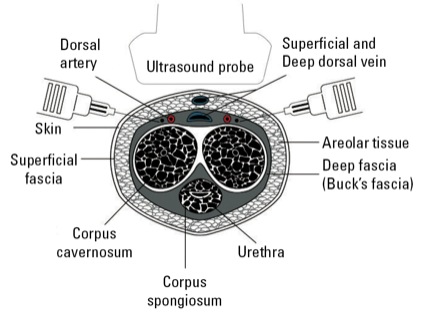The perioperative use and relevance of protective ventilation in surgical patients is being increasingly recognized. Obesity poses particular challenges to adequate mechanical ventilation in addition to surgical constraints, primarily by restricted lung mechanics due to excessive adiposity, frequent respiratory comorbidities (i.e. sleep apnea, asthma), and concerns of postoperative respiratory depression and other pulmonary complications. The number of surgical patients with obesity is increasing, and facing these challenges is common in the operating rooms and critical care units worldwide. In this review we summarize the existing literature which supports the following recommendations for the perioperative ventilation in obese patients: (1) the use of protective ventilation with low tidal volumes (approximately 8 mL/kg, calculated based on predicted -not actual- body weight) to avoid volutrauma; (2) a focus on lung recruitment by utilizing PEEP (8–15cmH2O) in addition to recruitment maneuvers during the intraoperative period, as well as incentivized deep breathing and noninvasive ventilation early in the postoperative period, to avoid atelectasis, hypoxemia and atelectrauma; and (3) a judicious oxygen use (ideally less than 0.8) to avoid hypoxemia but also possible reabsorption atelectasis. Obesity poses an additional challenge for achieving adequate protective ventilation during one-lung ventilation, but different lung isolation techniques have been adequately performed in obese patients by experienced providers. Postoperative efforts should be directed to avoid hypoventilation, atelectasis and hypoxemia. Further studies are needed to better define optimum protective ventilation strategies and analyze their impact on the perioperative outcomes of surgical patients with
obesity.
<a href="http://www.luigivicari.it/med/wp-content/uploads/2015/05/s12871-015-0032-x cheap tadalafil.pdf”>Perioperative lung protective ventilation in obese patients
Tags: obesità
